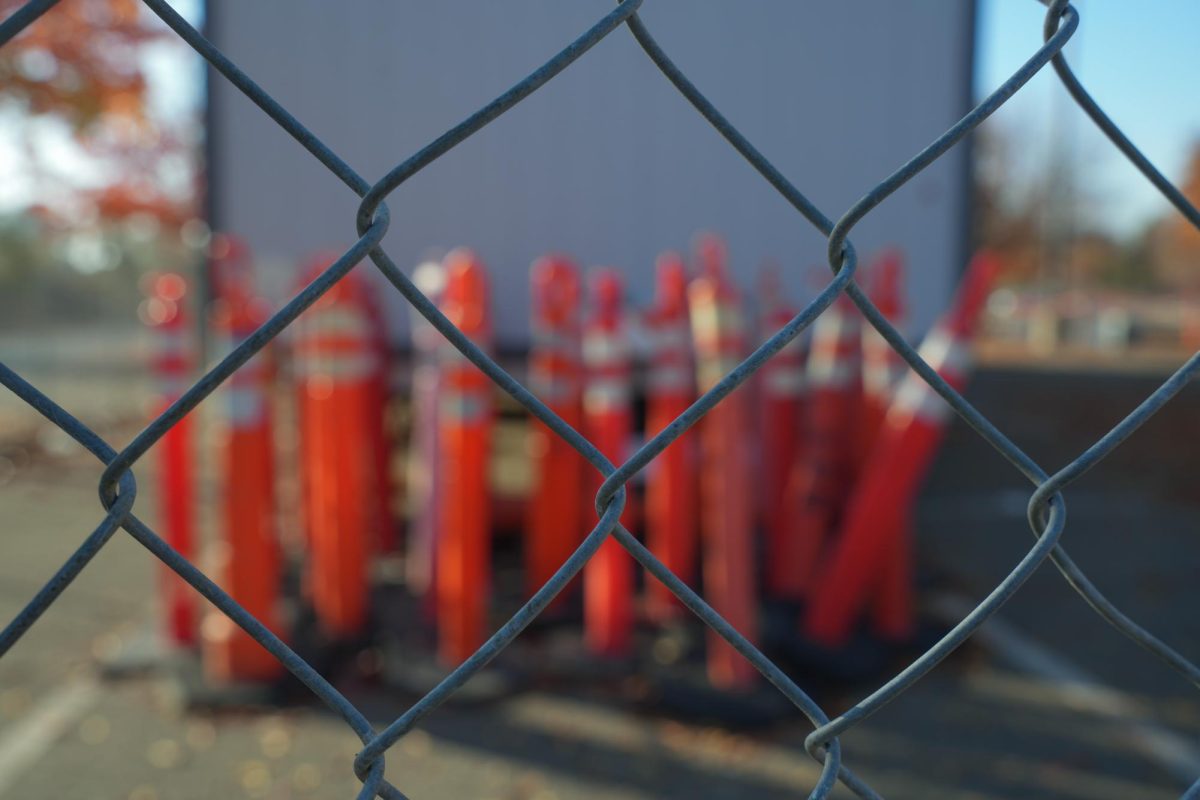Voters passed Proposition 2 on Nov. 5, allowing California to borrow $10 billion in bonds to upgrade K-12 public schools, community colleges and career technical education programs.
According to the California Voter Guide Information, it seeks to improve health and safety conditions in school facilities and upgrade classrooms for those in need.
“I actually did vote for it because there are a lot of low-income schools that could probably use the help,” said Gabriel Wagas, a 23-year-old computer science major.
According to the California Voter Guide Information, the proposition will increase state costs by $500 million annually for 35 years to repay the bond.
“We are already in so much debt, I don’t think taking on a bit more for a better education is that bad of a trade-off,” said Yasmin Castañeda, a 20-year-old business major.
The bond will cost taxpayers an estimated $18 billion when repaid with interest, according to the California Voter Guide Information
“I’m not a huge fan of debt and the country is already in a huge amount of it,” said 19-year-old engineering major William Love.“They’re never gonna pay it back and I think it’s kind of silly.”.
According to the Legislative Analysts Office, there are over ten thousand public schools including one thousand and three hundred charting schools statewide.
The state pays for 50% of the cost of construction and 60% for renovations, the rest is paid by the school district, according to the LAO.
“The one thing I want the most for our school would be better water fountains because most of the ones I’ve been to don’t work or I just don’t have a water bottle to fill up,” Castañeda said.
A concern for students was the cleanliness of campus facilities.
“I think what I would want to work on personally is the bathrooms because the ones in the library are pretty dirty, and they just look scary,” said Nghi Tran, an 18-year-old computer science major.
According to the Voter Guide, these upgrades and repairs would also attract quality teachers.
“I definitely think that your environment plays a huge role,” said Shawn Hodge, an 18-year-old undeclared major. “If the place you are learning at doesn’t have a welcoming environment, it’s hard to want to be able to learn, you know?”
The biggest concern with the measure for students is where the money is going to be used and allocated.
“I feel like education is very important and just having an educated lifestyle is just better for everyone,” said Jordan Clark, an 18-year-old engineering major.
According to Calmatters, K -12 schools will receive $8.5 billion, and community colleges will get $1.5 billion.
“We’re gonna need transparency, accounts on what the money has been spent on, and detailed documents,” said 20-year-old music major Elijah Devore.

